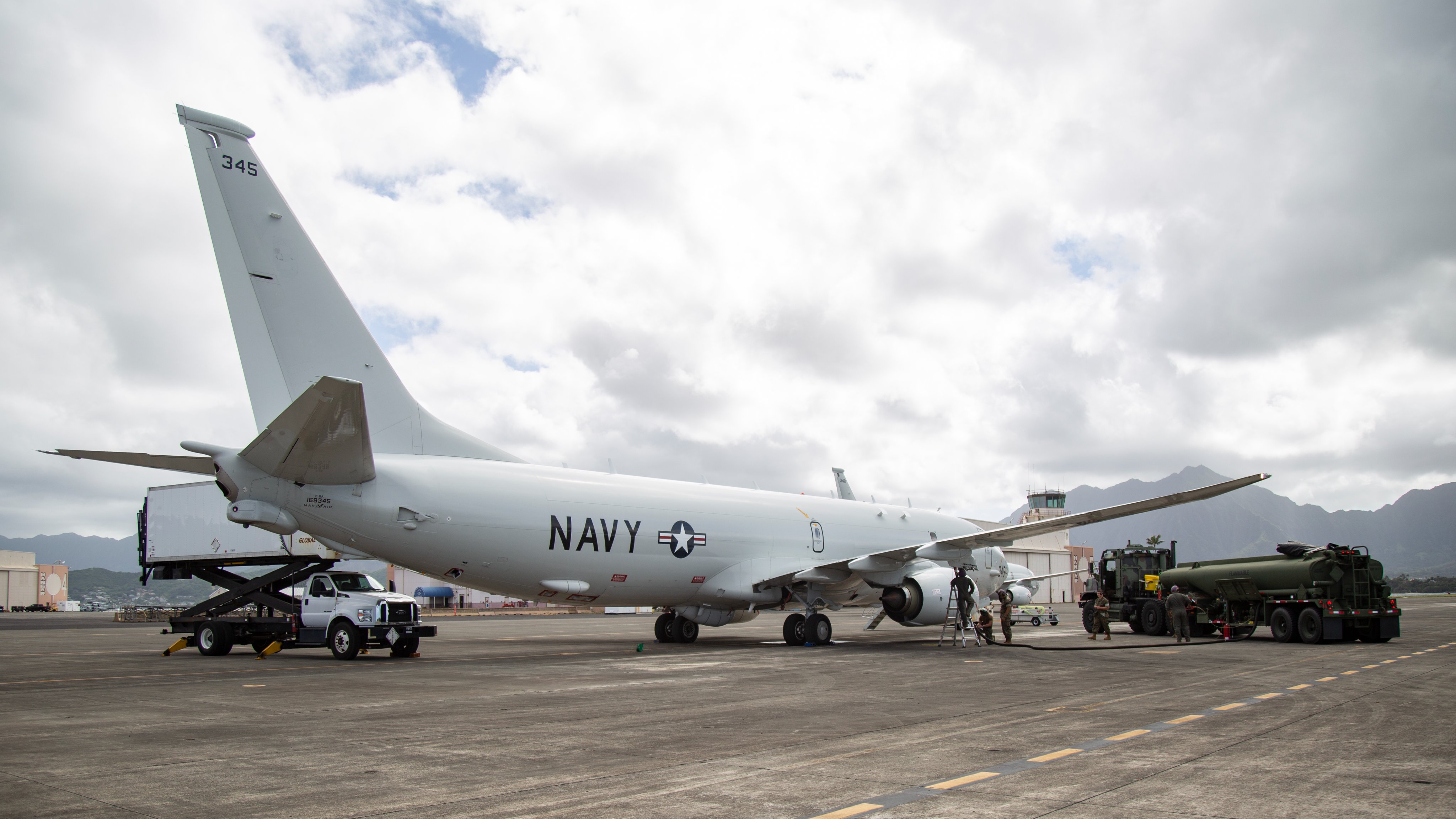At roughly 6,000, Russia has the largest stockpile of nuclear weapons, followed by the US (around 5,500) and China (350). Therefore, it is quite natural for the rest of the world to get spooked by President Putin’s recent remark amid the Ukraine invasion that he had put his nuclear deterrent forces on high alert.
Russia has a variety of tactical nuclear weapons in its arsenal, which can be delivered from the sea, air, and land-based platforms. Among them, there is one called ‘Poseidon’ that raises curiosity among Western military experts.
However, leading defense analyst S.I. Sutton believes Poseidon is not ready yet. “Despite rumors to the contrary, we do not believe Poseidon has been deployed. The system isn’t quite ready yet,” he said, writing for Naval News.
The Poseidon is an “intercontinental nuclear-powered nuclear-armed autonomous torpedo” or a nuclear submarine drone. It is a massive torpedo that is capable of wreaking havoc on coastal cities. Observers believe that it is slow, compared to an intercontinental ballistic missile, but it may be unstoppable.
What is the Russian Poseidon?
The terrifying Poseidon torpedo of the Russian Navy is huge, with a diameter of roughly 7 feet and a weight of around 100 tons. It carries a nuclear payload instead of a standard high-explosive warhead. The Mark 48, one of the US Navy’s typical heavy-weight torpedoes, is just 21 inches in diameter and weighs over 3,500 pounds.
The Poseidon’s primary target, unlike most conventional torpedoes, would not necessarily be a surface ship or other submarine. With torpedo’s massive nuclear payload, it would instead target large port cities that are crucial to industry and trade, such as those found along the east and west coasts of the United States.

It can also be deployed as a tactical nuclear weapon against warships, according to Russia. Aircraft carriers would be high-value targets for it.
The West, particularly the United States, is concerned about this Russian “super-weapon”. Poseidon is one of Russian President Vladimir Putin’s six new strategic weapons unveiled in 2018. It’s said to be in advanced phases of development, according to a previous report of CNN.
However, none of the submarines that were supposed to carry it are operating as of now. Sarov, a test submarine that can carry a single round, is currently in service. Belgorod, another boat, is yet to be commissioned.
While the US has been wary of the Russian Poseidon, it has its own “Poseidon” that has been in the news. But the two systems are completely different like chalk and cheese.
The American Poseidon
The P-8A Poseidon is a multi-mission maritime patrol and reconnaissance aircraft used by the United States Navy. Anti-submarine warfare, anti-surface warfare, intelligence, surveillance, reconnaissance, and humanitarian response are all performed well by the P-8A.
The Boeing P-8A has a smaller crew and uses 737-800 airframes with -900 wings, a weapons bay, and pylons. It does, however, provide a broader global reach, more payload capacity, a higher operating altitude, and cutting-edge sensors, radars, and open-systems architecture.

According to the US Navy, three P-8A Poseidon surveillance planes flying over the Mediterranean Sea suffered “unprofessional intercepts” from Russian planes last month, Navy Times reported.
A RAF P-8 Poseidon maritime patrol aircraft from @RAFLossiemouth has joined other @NATO ships and aircraft to locate & track Russian Navy warships in the Mediterranean Sea. It was reassigned from a training mission to support other NATO ships.
Read more: https://t.co/taR1oztMX0 pic.twitter.com/AIdxMogxDr
— Royal Air Force (@RoyalAirForce) March 3, 2022
The Russian National Defense Control Center (NDCC) announced late last year that its Su-30 escorted US reconnaissance aircraft P-8A over the Black Sea, as previously reported by EurAsian Times.
This development was reported amid the Russian troop build-up along the Ukrainian border, which eventually led to a full-blown military conflict between the two countries.
While the Poseidon is built to hunt submarines and surface ships, its full-motion cameras that function day or night, as well as its powerful radar, also come in handy for scoping out things of interest along the coast.
This is the reason why it was extensively deployed to the East European region ever since Putin started amassing his troops close to the Russia-Ukraine border last year.

One of the aircraft’s most striking features is its sophisticated electronic intelligence package, which can identify, geo-locate, and classify hostile transmitters in the same way that other dedicated surveillance platforms can.
Poseidon has a large presence in Europe ranging from the Baltic and the Black Seas, to the North Atlantic, including the Greenland–Iceland–UK Gap, to the English Channel, and the Mediterranean. While Royal Air Force Poseidon is stationed at RAF Lossiemouth in Scotland, US Navy aircraft is usually positioned in Sigonella.
The presence of these advanced spy planes in the East European region for collecting intelligence and gauging the Russian troop movement has meant many engagements with the Russian Air Force.
While the US Navy Poseidon is very much operational, the Russian Navy’s “super weapon” is to see its operational deployment despite speculation that the latter is twice as lethal as the highest-yielding nuclear weapon tested to date.
- Contact the author at sakshi.tiwari9555@gmail.com
- Follow EurAsian Times on Google News




